Hold onto your hats; the wagons are coming fast down the Great Wagon Road. In June of 2022, the project studied the Shenandoah Valley area in Virginia. The groundwork continued well into August as the team located the road foot by foot. If you think this task is easy, think again. The weather was gorgeous almost every day, and the past revealed itself before our eyes. We will continue in Virginia until the first week of November before we use the winter months for some much-needed rest. The gathered proof provides clear evidence that the road grew at an alarming rate during the 1750 decade. In July, a separate study included the Virginia southern border as the project needed to tie up a few loose ends in the area. We tied those and found new questions to the riddle that will need our attention in December. When you think you’ve completed a section, this happens, and that’s ok! It’s all part of the research and comes with the territory. August, week one, began with a unique discovery in Roanoke near the colonial crossroads, while September reached deep into the records and revealed some lesser-known facts dating to the 1740s.

As the project traveled from one day to the next, many people accepted our work and eagerly shared their knowledge of the Great Wagon Road and local history. The road left many artifacts stored in the homes of local families. Many items were passed down from generation to generation with incredible stories behind them. The project looked upon them as priceless treasures from the past. We must admit that the authentic evidence dwells on the actual properties and among the people living in the areas. We found this to be surprising in many ways.
The recordkeeping amounted to heaps of notes. Land deeds were the primary thing we were after with court road orders. The fords and shootouts stood out as the work progressed. We anticipated changes with ford crossings and met challenges for their locations. (not all of the time) Slow going, we conquered one area and moved on to the next.
The groundwork can be tedious and strenuous, but when a connection links to the Great Wagon Road, ecstatic and thrilled can best describe the feeling. Are we tired? Yes! Very Special Thanks to those who greeted our research with smiles this past summer. We will share much of the summer material on Piedmont Trails during the coming months. Remember, if you have information about the Great Wagon Road and would like to share it with the project, please let us know. You can do this by filling out the form on the Contact Page. Enjoy Your Journey To The Past!

Categories: Featured Articles, Great Wagon Road Project
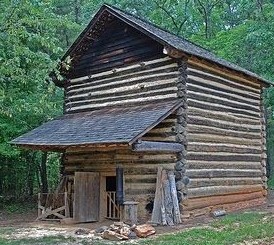
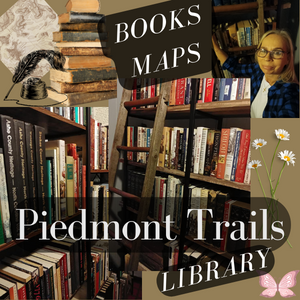


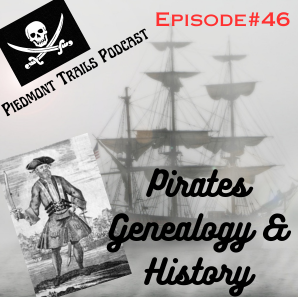
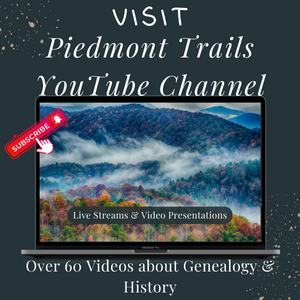


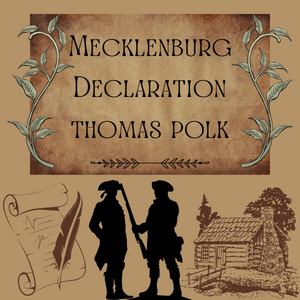
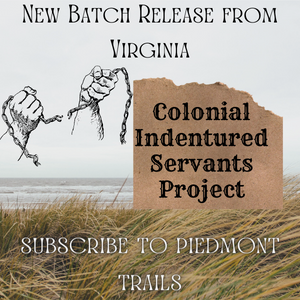
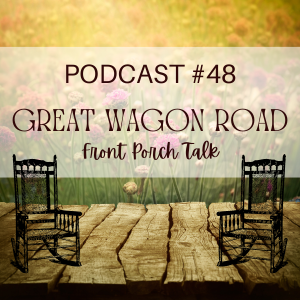
This is fantastic news. I don’t know who all s on the team doing this research but it is very interesting and very exciting to me.Pass it along to the folks doing the research that we appreciate them very much.and we look forward to hearing about what they have been finding.And I hope there will be a consolidate report that will be available to us all at the end of the project. Do we need a museum of the great wagon road?? I continue to do research on my Fairchild, Foster, Tapscott and Amiss families. And we have also made interesting discoveries this past year. Brett Fairchild705 Foxtail Circle NELeesburg, VA 20176
LikeLiked by 2 people
The project originated with very humble beginnings. Of course, we had to endure several learning curves and understand what we were up against in the long run. The team is comprised of several dedicated individuals who are relentless for the truth and protecting our data. You would not believe the files, reports, documents, and much more that we have accumulated over the past three years. We were hoping to be at our goal in six years, but I don’t see this happening as I look back over the first two years as a learning process. A great deal of the material we have discovered will be made public with everyone as we prove the original route of the GWR. Once the project is complete, submitted and accepted, we will release the full report with documentation at that time. A museum you ask? Oh my, I can’t even think how much space we are going to need in the end. The paperwork and maps alone are already taking over the space we have now. At the moment, we are taking it one step at a time while protecting the discoveries and preserving for the future at the same time. It has been quite an adventure to say the least and I’m looking forward to the future and see what wonderful things come of it.
LikeLike
I always look forward to your updates and appreciate your work. I am curious about “colonial cross roads” near Roanoke, because I am researching how Mary Draper Ingles and her family might have travelled in 1756 or 57, when they left Fort Vause (near present Shawsville) and went to Bedford Co (where?) for safety.
Peggy Kent
LikeLiked by 2 people
Roanoke or the “Big Lick” as it was known then, was the home of a major intersection. We discovered several “new” roads that connected at the hub of migration trails. Stay tuned! We will have more on this coming soon. Thank you so much for your kind words. I greatly appreciate them.
LikeLiked by 1 person
Carol,
Very interesting update. Did you do much work around the Wytheville, Virginia or Pulaski, Virginia area of Southwestern Virginia? Contacts of mine in that area who are long-term historical/genealogical researchers said that no word of your season’s work came on the radar there. The Wythe Country Genealogical and Historical Association would have been a great help in that region of the GWR I would have thought.
LikeLiked by 1 person
Hi Flohri1754,
Thank you for your question about our summer work. Pulaski and Wytheville are located west of our current investigation. Many roads left from present-day Roanoke and at least two of these traveled west in the direction of Wytheville by 1750. The past research consisted east of a line extending from Ferrum and Bassett to north of Roanoke extending into Staunton and up to Winchester.
LikeLike